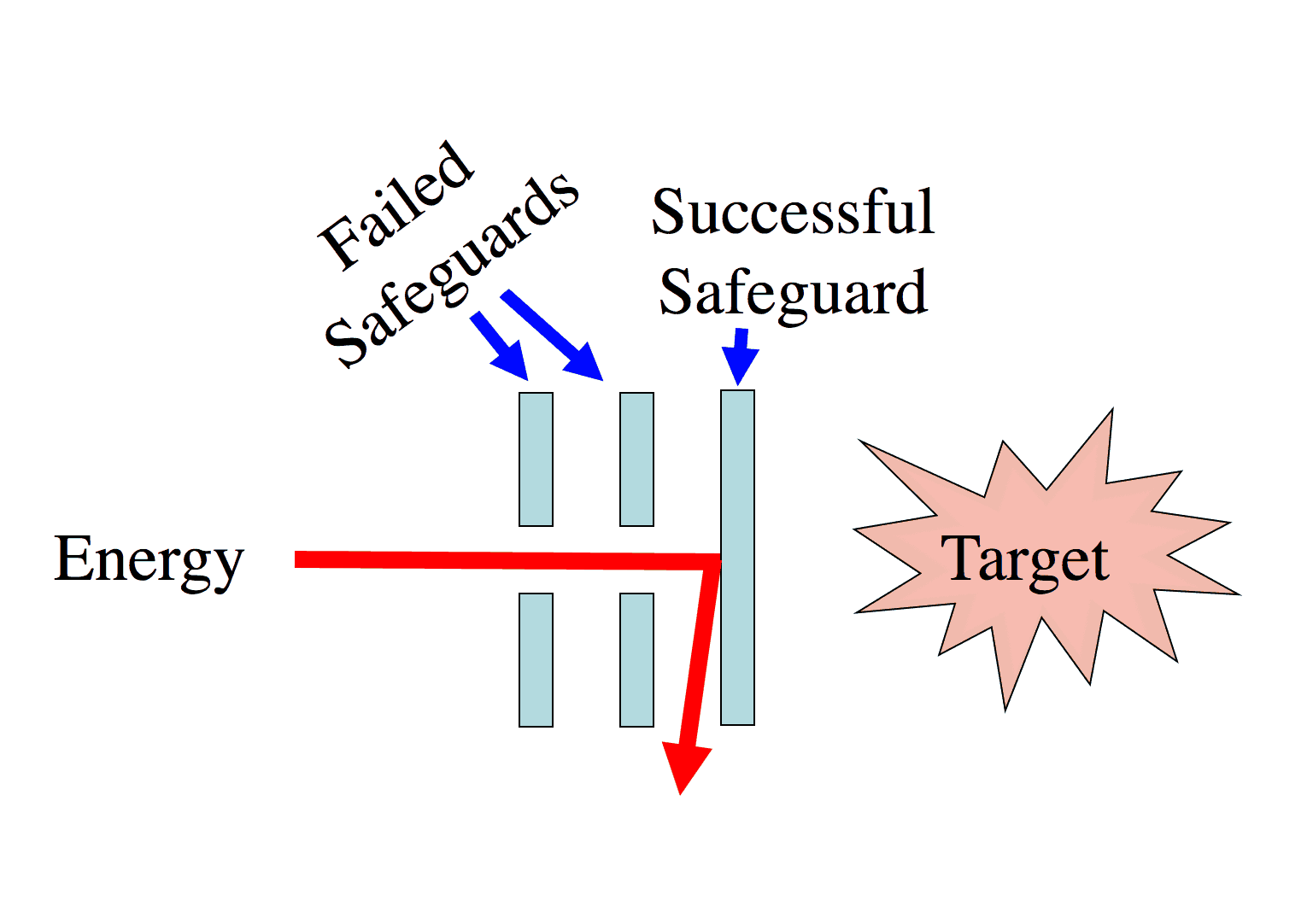Should You Be Happy or Sad If Your Site Has a High Number of Precursor Incidents?

Precursor Incidents
Before we dive into the topic of high numbers of precursor incidents, let’s define a precursor incident…

In a previous article, we defined a precursor incident as…
PRECURSOR INCIDENT
Minor incidents that could have been major accidents
if one or more Safeguards had failed.
And provided this example where nobody got hurt…
So, now that you know that a precursor incident could have been a serious accident with one or more things going wrong, you know that you should be concerned about precursor incidents.
Should You Be Happy or Sad?
The answer to the question of…
“Should you be happy or sad if your site has a high number of precursor incidents?”
Depends!
What does it depend on?
First, having a high number of REPORTED and INVESTIGATED precursor incidents is much better than having the same number of precursor incidents that aren’t reported.
Covering up precursor incidents and not fixing the problems is one way that problems are left to fester until a major accident happens.
However, having a high number of precursor incidents reported but not investigated or ineffectively investigated and not fixed is BAD. It should make you SAD.
The precursor incidents are providing you with what could be an effective warning of a problem (or problems) that, if you act, you could fix and prevent a major accident. Over time, fixing precursors will result in better safety performance and reduced precursor incidents.
This kind of reduction in precursor incidents should make you HAPPY!

What To Do If You Are UNHAPPY?
First, if you aren’t investigating precursor incidents, you need to start getting them investigated. And you need an effective root cause analysis system to help you find the real root causes of equipment failures and human errors. The system we suggest is the TapRooT® Root Cause Analysis System.
Why do industry leaders choose TapRooT® RCA? Find out four of the reasons HERE. And what kind of results do they get? See their success stories HERE.
Would you like to learn more about how to use TapRooT® RCA to investigate precursor incidents? Start by reading this WHITE PAPER.
Next, attend one of our 2-Day TapRooT® Root Cause Analysis public live training courses.

Or one of our 3-Day VIRTUAL TapRooT® Root Cause Analysis Courses.

See the dates and locations of all our courses HERE.
What if you aren’t getting precursor incidents reported? We would be glad to help you figure out how to solve that problem, too.
First, you can start by deciding what precursor incidents you want to be reported and investigated. See THIS ARTICLE for some ideas.
Then give one of our TapRooT® Implementation Advisors a call at 865-539-2139 to discuss your issues and get some ideas.

They are knowledge brokers from their extensive experience in a variety of industries and applications of root cause analysis.
Also, consider attending the Global TapRooT® Summit to network with industry leaders from around the world. It is coming up on April 29 – May 3, 2024. Watch the following video for more information about the Summit.
Then, REGISTER by CLICKING HERE.
Or CLICK HERE to download the Summit Brochure.
Don’t wait to get started. Missing the signals provided by precursor incidents is dangerous, and a major accident will make your whole company SAD.



